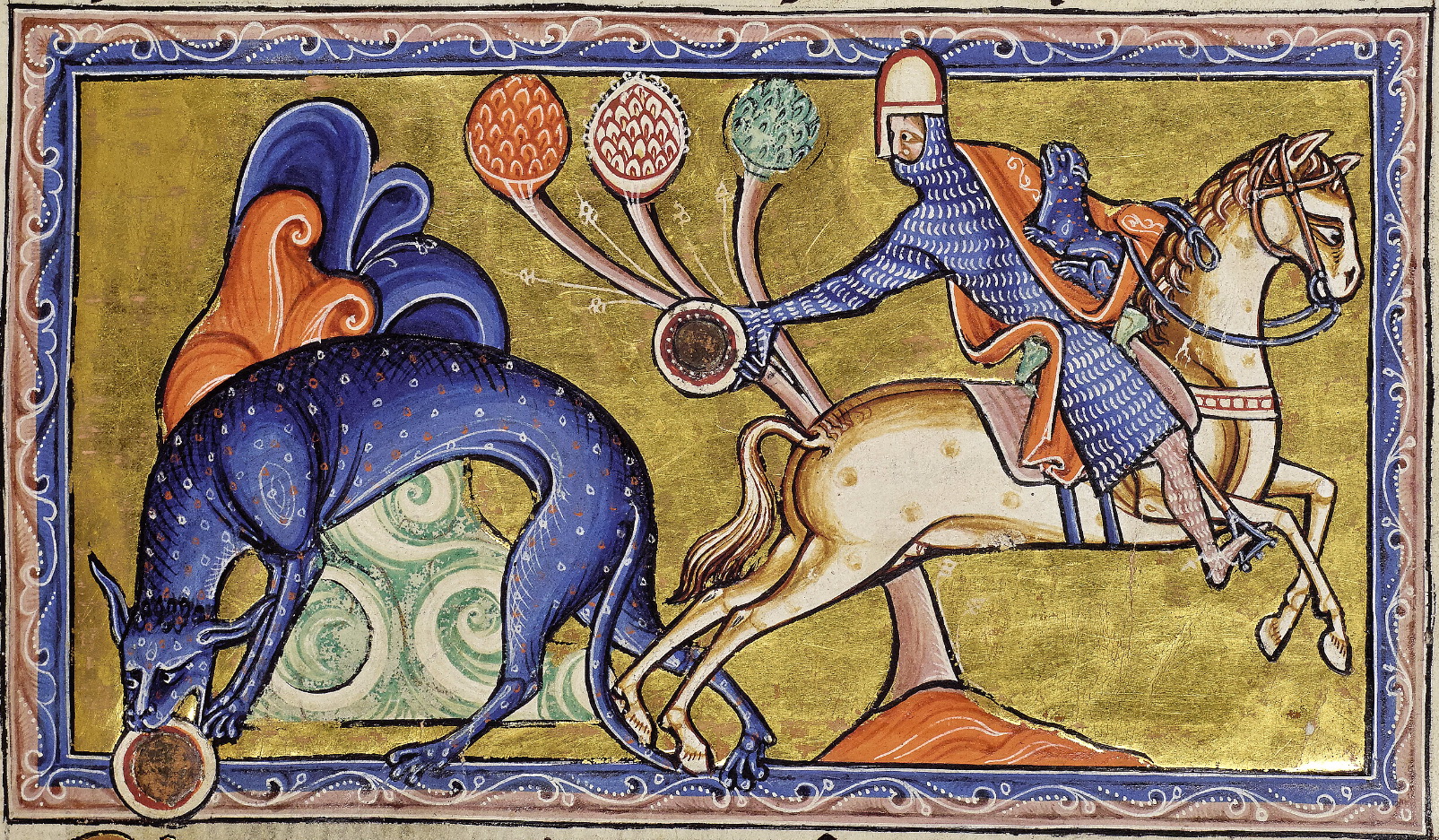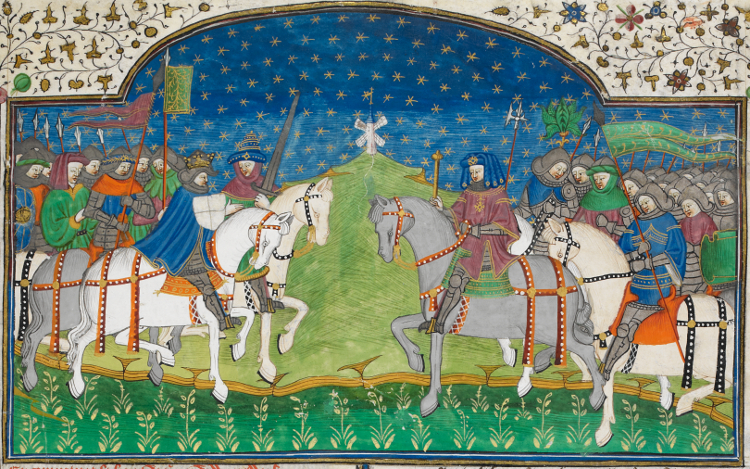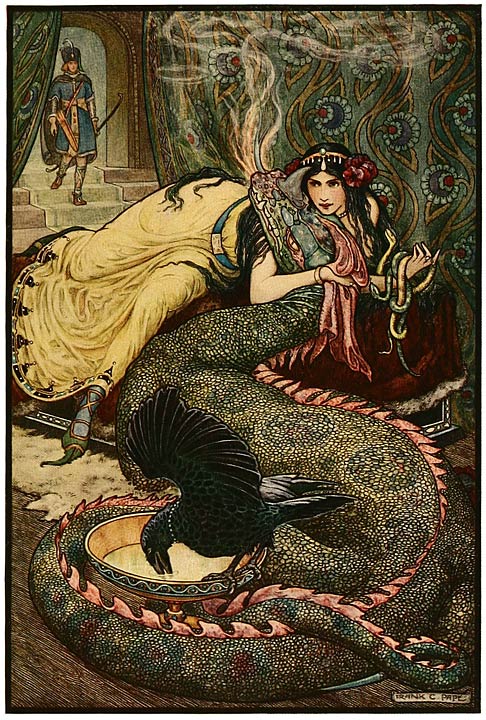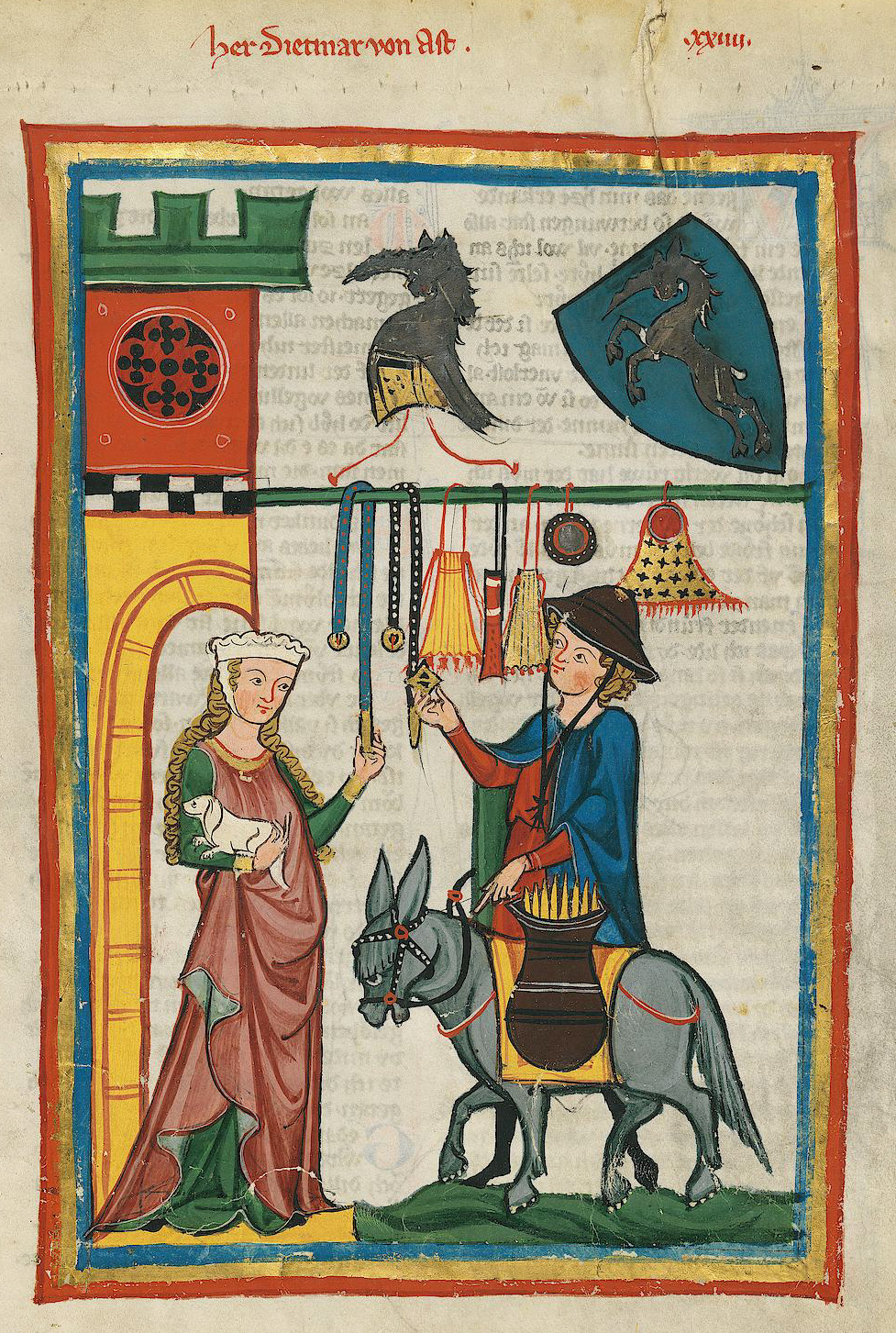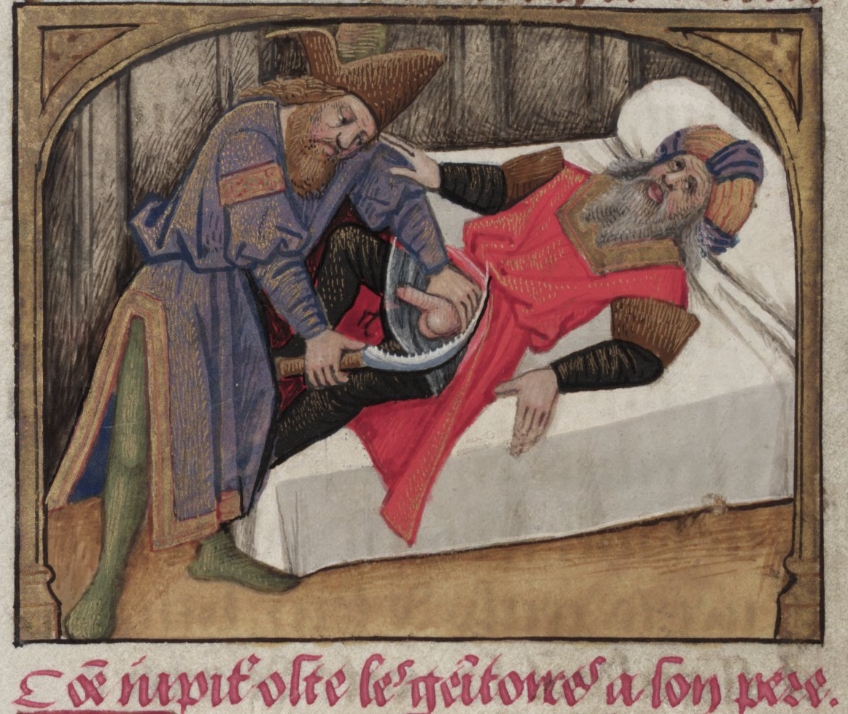Fultar
The largest, most powerful human culture in Ugaron is the Empire of Fultar; its inhabitants are known as Fultonians. Fultar is a prosperous, powerful state. It has some hallmarks of both feudal, chivalric culture--knights, orders of paladins--and a centralized empire--a centrally controlled army, a powerful navy. Fultar once ruled a much greater territory than it does today, so its cultural, religious, and linguistic in-fluence lingers far beyond its current borders. A millennium ago, it fell to invasions from the nomadic Guar in the Guar Conquest, which was accompanied by The Rise of the Undead and Arrival of the Great Worms. After a thousand years, the Empire has arisen and is reclaiming its rightful place in the world. Its capital, Fulton, is a vast thriving seaport metropolis, the richest, most populated city in the known world. To the south of Fultar is Nubia and the Arabic lands of al-Qadim, to the east is the Guar Steppe, along the northern coast lies Gildam Confederacy, Henarria and Bevil, and to the northeast lies the Nation of Galletica and various Celtic tribes.
Fultar proper is divided into a centrally-administered area known simply as “Fulton,” which is ruled directly by the imperial bureaucracy; seven Baronies, which surround Fulton to the east and are part of the Empire, paying taxes and swearing fealty to the Empress, but having considerable autonomy and being much more feudal in culture and governance; and “territories” to the north, south, and east which are nominally administered by a military governor (called Marshals) and their subordinates but which in reality are minimally governed frontiers in which the military, the feudal lords, the imperial bureaucracy, and local powers all vie for influence and control. The seven Baronies are Barony of Ashan, Barony of Atlan Barony of Bortlan, Barony of Lithia, Barony of Mabon, Barony of Ranalin, and Barony of Torana.
Fulton is a great port on Melidatian Ocean or also called the Western Sea, home to the island culture of Miwaii, much of which is has been conquered by the Fultonians. There are stories of a prosperous archipelago-kingdom beyond Miwaii wherein mages are common as beggars and everyone drinks a healing potion each night after dinner. Other important towns and cities in Fultar include Atlan, Critlip and Gebesh, and there are numerous smaller towns and villages like Ratchin and Immersea.
The baronies are carved out of a crescent-shaped stretch of land, well-watered and fertile, between the mountains and the sea. The center of political, economic, and cultural life in the Baronies is the city of Gebesh, but each of the seven Baronies has its own populous and prosperous capital city, with the city of Atlan being the third largest city.
The forested Dawnforge mountain range to the east of the Baronies is in an area called the Reaches, and has major crossings only at two high passes guarded by the dwarves of Hammerholme Tower and the paladins of Sentinel Fortress. These two passes mark the separation point between the “Nearer Reaches” and the “Wild Reaches”. Beyond the Reaches are the valley grasslands of the Eastern Territories. The eastern border of the Eastern Territories is defined only by rough-and-tumble hills, and to their East lies a vaster, flatter eponymously named Guar Steppe is a grassland populated by warlike nomads known as the Guar, reminiscent of the steppes and tribesmen of central Asia. Orcs and other humanoids also populate the Wild Reaches and Guar Steppe.
Dense forests separate the hills and mountains of the Eastern Territories and the Guar Steppe. The northern most forests is the Aebietus Forest (home to Aebietus high elves), to the west the Hercynian Wood (the home of treants, dryads, satyrs and centaurs), and to the southwest the Grugatch Forest (home to the Grugatch wood elves). Over the centuries, the Guar and humanoids have occasionally raid or sneak into the Eastern Territories through the forests, but more often than not these forests and their fey defenders have kept the Eastern Territories safe.
The Guar conquered and ruled all the territories and the Baronies for centuries, but were eventually driven out and back to their ancestral homelands, though the Eastern Territories have never been completely free from Guar raids. A recent treaty after a sustained military offensive by the Fultonians and a series of plagues and murrains which afflicted the Guar has brought an at least temporary end to decades of state of low-intensity warfare between Fultar and the Guar.
At the northern end Fultar is the Barony of Bortlan, which is the smallest and poorest of all the Baronies. Bortlan is filled with woodlands and lacks fertile soil, and its revenues are generated from furs, timber and pastoral commodities. The most famous export are a unique warrior a class much like the Gurka worriers in Nepal, in which companies of soldiers will serve the Empire or as mercenaries, will
bring much of his wealth home and when he retires he can do so
comfortably with the officers being quite well off. The northern most area of the Eastern Territories includes the mountain kingdom known as Rakkar, which is Fultonian in history and culture, but broke away from the empire and became an independent state during the time of the Guar Invasion. Rakkar represents the northeastern high water mark of Fultonian political expansion.
Northern Fultar is dominated geographically a rich the rich agricultural region of the Tesser River Valley with the Immersea. There is great lumber and mineral resources of the wild and hilly Fultar forest, which separate it from the Baronies to the south, and small towns along the coast, including Ratchin. The entrance to the North is the city of Critlip. This area had, until the recent peace treaty, been under constant threat of attacks from the Guar; the forest is also inhabited by a tenacious confederation of evil humanoids known as the Shakanza and an independent, recalcitrant kingdom of wood elves. These factors have prevented its full economic development and settlement.
Structure
Fultar is ruled by Fultonian Nobility.
History
Years of Gold (lasting 10,000 years)
- Creation of the world and gods
- Creation of the elves, dwarves and gnomes
Years of Silver (1,296 years)
- Humans created by gods in an era of peace for man, until then offend Tya Nehru four times in the last four hundred years.
- Gods wage war against Dragons, Giants and Monsters defeating them.
- Humans offend Tya Nehru, who destroys many of them with fire and brimstone.
- Humans offend Tya Nehru, who destroys many of them with ice and hail.
- Humans offend Tya Nehru, who destroys many of them with a great flood.
- Humans offend Tya Nehru, who creates orcs, goblins, hobgoblins and kobolds.
Years of the Kings (3,005 years)
- The gods leave earth to humans, elves, dwarves, gnomes, orcs and others.
- 0 Founding of the first cities: Gebash first city state.
- 0 Elves teach humans writing (the Gift of Writing)
- 500 Gebash and Fulton compete
- 500 Hantithenus gifts the people the knowledge of forging bronze.
- 1,000 Fulton establishes colonies and trading posts along the coast, including Critlip near the Pomjari Peninsula and Scotibush in Nubia.
- 2,000 Guar sack Gebash and Fulton led by Thron Lat.
- 2,000 Fultar's capital is the city of Gebash and the city of Fulton is in a tributary status. What was the historic antecedent to the Barony of Atlan grew strong with Fulton’s weakness.
- 2,100 Guar began to be assimilated.
- 2,100-3,005 No area of Fultar permanently dominant: Balance of power between Atlan, Fulton and Gebash. Fultar focuses outward and re-affrims its colonies and conquests, Celts, Germani, Sua Hills, forest tribes, pastoralists, and Guar.
Years of the People (510 years)
- Fulton establishes a republic (3,005 years from the Gift of Writing)
- Year of the Republic: 510 The Republic falls.
Years of Empire (482 years)
- Prince Hephatalis of Atlan conquered Fulton and Gebash and moved the capital to Fulton to establish the Fultonian Empire. (3,515 years from the Gift of Writing)
- Year of Empire 185 Fultonian Emperor Hephatalis II took Nubian princes Nzinga as bride.
- Year of Empire 482 Fultar, Guar conquer Fultar with Rangan Lat, with major changes including 1) changed farm land into pasture and 2) brought Celtic priests to help rule. (3,997 years from the Gift of Writing)
Years of Iron (910 years so far)
- Guar Conquest
- The Rise of the Undead
- Years of Iron 2-4 Arrival of the Great Worms
- Years of Iron 810-839 Bloodspear Orc Invasion
- Years of Iron 903 Ascension of Chief Marshal Trant
- Years of Iron 908 High Queen Tegwedd is Elected at the Great Kingsmoot
Military
The Fultonian Navy and Army are the pride of the Empire. Other military organizations abound, including The Order of the Swordmaidens of the White Oak and the Black Slayers.
Education
Fultar is home to great Universities, Temple Schools and the brightest University Student/Professors.
Worship
The Fultonians worship, obviously, the Fultonian Religion with the chief deity Tya Nehru. The Fultonians are generally tolerant of and absorb the gods of other cultures, but are in constant war against the goddess Hecate and heretics, like the Katheroi.
Government System
Monarchy, Constitutional
Official State Religion
Subsidiary Organizations
Controlled Territories
Merchants and trade are honored through all of Fultar.
Justice in Fultar ensures that punishment for the crime fits the crime itself, encapsulating law of retaliation, which bears the same principle that a person who has injured another person is to be penalized to a similar degree by the injured party.

